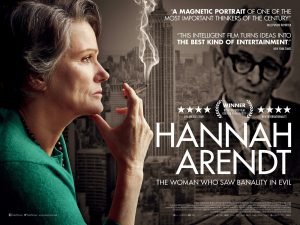This article Colonial Australia’s foundation is stained with the profits of British slavery by Paul Daley is pretty much a review of bits of Clinton Fernandes’ book ‘Island off the Coast of Asia: Instruments of Statecraft in Australian Foreign Policy’. I haven’t read the book.
This article talks about slavery’s contribution to the developing colonial economy in Australia up until the 20th Century.
It’s also a good place to start if you want to start thinking about the white Australian history of blackface. If whites think of people only as having value as objects to be bought and sold, then they have no qualms about wearing a costume that presents them as objects.
If you’re a lindy hopper thinking about dance history (and the way it is bought and sold in dance classes), then you should probably learn a bit about slavery in colonies (especially in Australia and America), and colonising nations (especially European countries).
The myth of Australia being ‘built on the sheep’s back’ is central to Australian history and to current political PR. Think of the white mainstream support for ill-conceived and executed economic aid for farmers in this moment of drought (and political leadership spills). White farmers are sacrosanct.
Fernandes writes, “There was no industrial revolution in this period, but rather a burgeoning agricultural export industry that helped create a group of wool-rich rural elites. An industrial business class appeared after the discovery of gold in the 1850s. In the 60 years before this, however, there is a largely unknown source of wealth: slavery.”
The mythic history of white Australia goes like this:
– white explorers ‘discovering’ the Australian land,
– white farmers occupy the land, ‘taming’ it, and producing lots of stuff
– white businesses sell that stuff to other people and we all get rich and prosperous.
This history leaves out…. well, pretty much everything. The genocide and colonising of _people_. Of course, the idea of ‘terra nullius’ (nobody’s land) at once made Aboriginal and Torres Strait Islanders not _people_, and justified white invasion and occupation.
This dehumanising is what makes slavery possible.
It’s also what makes the current government’s utterly cruel refugee concentration camps possible.
Perhaps the most interesting part of Fernandes’ book is his careful unpicking of the authority of ‘objective’ references like the ADB (Australian Dictionary of Biography). While the ADB presents as a ‘list of facts’, this list is incomplete, and therefore entirely subjective.
I guess Fernandes’ point is this: ‘objective’ histories that overlook some facts or misrepresent them contribute to contemporary oppression. eg he writes in the book, “The dictionary of biography mentions that Macquarie’s first wife Jane Jarvis was “a West Indian heiress”, but doesn’t note her inheritance: Antiguan slave plantations.”
“The Australian Dictionary of Biography is Australia’s pre-eminent dictionary of national biography. In it you will find concise, informative and fascinating descriptions of the lives of significant and representative persons in Australian history.” (http://adb.anu.edu.au/)
A calmly objective listing of ‘facts’ in the format of a dictionary is a useful tool for refuting ‘hysterical women’, ‘angry blacks’, and other overly emotional voices.


